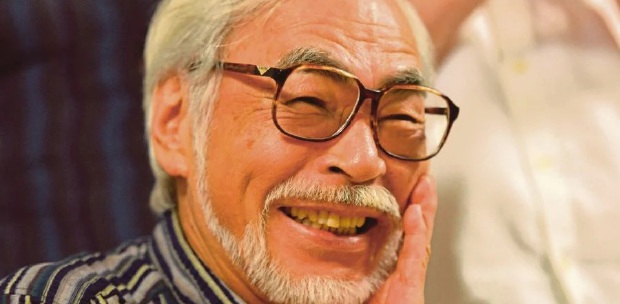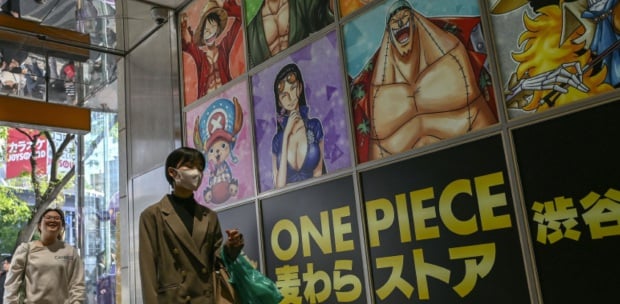Zac Lee enthralls audiences with his latest offering, Life of Pie, writes Sarah NH Vogeler
A MEETING with Zac Lee was long in coming, and after months of unsuccessful attempts, the eventual meet was worth the wait.
The artist’s studio in Bukit Antarabangsa was very much like its owner — warm, sunny, fresh; but also with hints of the deadpan.
The natural light filtering through windows and the balcony made his works appear somewhat larger than they really are.
And Lee’s works are large in both scale and perspicacity.
Life of Pie comprises nine oil on jute paintings, the latter a medium he has recently been quite partial to, as he says, “It relays a kind of grittiness pivotal to these latest ‘meanderings’,”.
Lee is the recipient of the US Freeman Fellowship and the first Malaysian resident artist of Beijing Three Shadows Art Center, with exhibitions across China, Korea, and the US.
He is currently the assistant head of the Illustration Department and lecturer at Dasein Academy, Kuala Lumpur.
The exhibition’s title is a clever take of both the idioms “a slice of pie”, or “a piece of the action” — to want a share of the spoils, and also referencing Yann Martel’s fantasyadventure book Life Of Pi and its equally mesmerising film adaptation of the same name by Ang Lee.
Lee muses about how we never really think of what would happen if things were unceremoniously taken away, and Life Of Pie is exactly that — musings on the farcical, our fears, our inherent talent for denial, the many crude realities of our lives and our ways of coping with them.
His allegorical Chinese calligraphyinfluenced works, his extensive use of iconography wedded with traditional folktales is a trademark, and this latest offering does not disappoint.
There’s the friendless fish attacking its twin in the mirror as another looks on with sardonic glee in Who’s The Fairest Of Them All; the two tigers in a ferocious brawl, (siblings! he laughs) in We Are Family is reminiscent of French painter Leon Joseph Florentin Bonnat’s 1891 Samson’s Youth; of a fury wellknown in Monkey Business, where a primate grooms a family member with such fastidiousness, unaware of its surroundings, a delightfullymocking reference perhaps to the way women prune and polish themselves into oblivion.
He focuses in presenting mental riddles and social commentaries with an amalgamation of illustration, abstraction and age-old idioms.
Lee is one of the artists to be highlighted in Asia Week New York in 2015.
In this fifth solo, he employs an almost see-through style; his gradations of monochromatic hues made even starkly more so with the contrast of a singular hue on each work; blush, cobalt, and olive green.
Using animals as metaphors and expressions for human behaviour and relations has become an integral element of Lee’s works, his storytelling far from quenched.
He paints with potent strokes, but also with a strong resolve, each painting rendered with thrilling kinks and a breakneck precision.
And yet the final works appear as if they have been performed with the fragility of a prima ballerina.
Utilising animals as similes and lexes in art and writings is certainly not new.
George Orwell’s anthropomorphic characters in the 1949 dystopian novel Nineteen Eighty-Four represents man’s greed, lust and megalomania; poet Carl Sandburg’s Rootabaga Stories, which was written for his daughters, charmingly nicknamed Spink, Skabootch and Swipes, empathises with the working poor; Jack London’s Call Of The Wild on the survival of the fittest and the power of instinct, come from many exhilarating examples.
In art, Albrecht Durer’s watercolour and gouache The Wing Of A Blue Roller (1952) is a stunning success on how “nature holds the beautiful, for the artist who has the insight to extract it.
Beauty lies in humble, perhaps ugly things, and the ideal, which bypasses or improves on nature, may not be truly beautiful in the end.” German Expressionist painter Franz Marc’s Foxes (1913) is another incredible piece.
Along with his Russian counterpart Wassily Kandinsky, they were a part of 1911 — 1914 (ended by the eruption of the First World War and death of Marc) art group Der Blaue Reiter (The Blue Rider) — using his works as a way to express spiritual truths through emblematic links of colours and a natural and instinctive approach to painting.
And as in Life Of Pi seen through protagonist Piscine Molitor Patel’s (or Pi for short) mind’s eye: “I must say a word about fear.
It’s life’s only true opponent.
Only fear can defeat life.
It is a clever, treacherous adversary, how well I know.
It has no decency, respects no law or convention, shows no mercy.
It goes for your weakest spot, which it finds with unnerving ease.
It begins in your mind, always.
So you must fight hard to express it.
You must fight hard to shine the light of words upon it.
Because if you don’t, if your fear becomes a wordless darkness that you avoid, perhaps even manage to forget, you open yourself to further attacks of fear because you never truly fought the opponent who defeated you.”
LIFE OF PIE
When: Until Jan 30, 2015, Tues-Sat, 11am-7pm
Where: Shalini Ganendra Fine Art, No 8 Lorong 16/ 7B, Section 16, Petaling Jaya, Selangor
Details at: www.shaliniganendra.com





